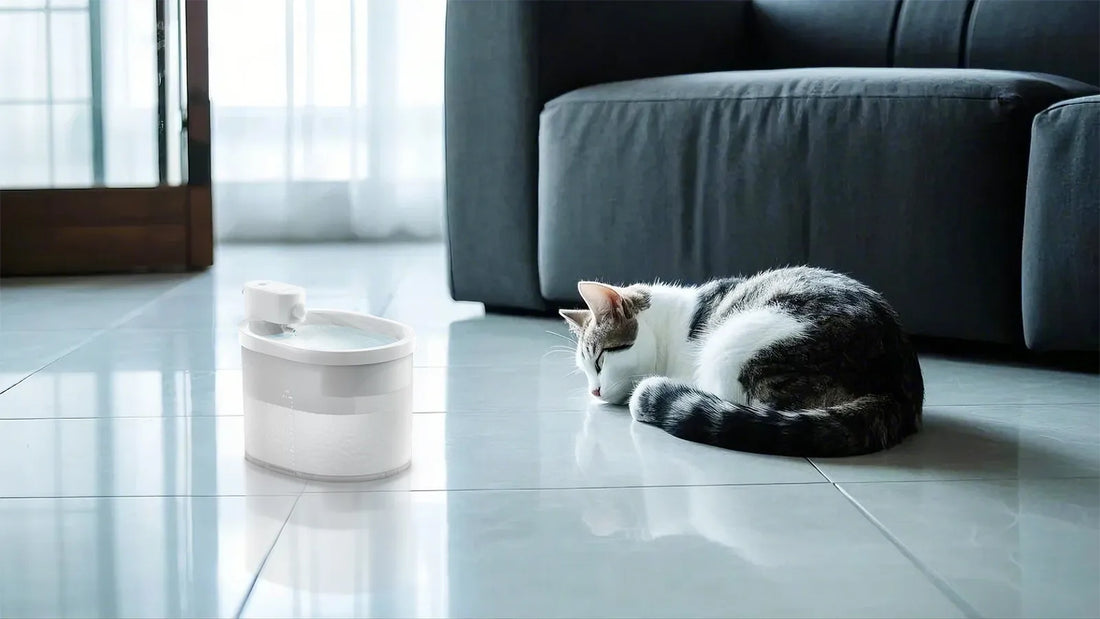Every dog owner knows that bath time can be a challenging experience. From the splashing water to the inevitable shake-off, keeping your dog clean can feel like a battle. However, with the right tools, such as a dog bath brush, you can transform this chore into a bonding experience that benefits both you and your pet. In this comprehensive guide, we’ll explore everything you need to know about dog bath brushes, from their advantages to how to use them effectively.
Why Use a Dog Bath Brush?
A dog bath brush is more than just a grooming tool—it’s a game-changer for your pet’s hygiene and well-being. Unlike regular brushes, a dog bath brush is specifically designed to be used during bath time, making it easier to clean your dog’s coat while also promoting healthy skin. Here are some key benefits:
- Removes Dirt and Debris: A dog bath brush helps to loosen and remove dirt, mud, and other debris that can get trapped in your dog’s fur.
- Distributes Shampoo Evenly: Using a brush ensures that shampoo is evenly distributed, reaching every part of your dog’s coat for a thorough clean.
- Stimulates Blood Flow: The gentle massaging action of a bath brush stimulates blood circulation, which can improve skin health and promote a shiny coat.
- Reduces Shedding: Regular use of a bath brush can help to reduce shedding by removing loose hair before it ends up on your furniture.
Choosing the Right Dog Bath Brush
Not all dog bath brushes are created equal. The right brush for your dog depends on their coat type, size, and specific needs. Here are some factors to consider when selecting a brush:
- Coat Type: Dogs with short, smooth coats may benefit from a soft-bristle brush, while those with long or thick fur might need a brush with longer, sturdier bristles.
- Brush Material: Look for brushes made from high-quality, non-toxic materials that are gentle on your dog’s skin.
- Handle Design: A comfortable, ergonomic handle can make it easier for you to use the brush, especially during longer grooming sessions.
- Ease of Cleaning: Choose a brush that is easy to clean and maintain, as hygiene is crucial for grooming tools.
How to Use a Dog Bath Brush Effectively
Using a dog bath brush is simple, but there are a few tips to ensure you get the most out of it. Follow these steps for a successful grooming session:
- Prepare Your Dog: Before starting, make sure your dog is calm and comfortable. You can use treats or positive reinforcement to create a positive association with bath time.
- Wet the Coat: Thoroughly wet your dog’s coat with warm water. Avoid getting water in their ears, eyes, or nose.
- Apply Shampoo: Use a dog-friendly shampoo and apply it evenly across your dog’s coat.
- Brush Gently: Start brushing from the head and work your way down to the tail, using gentle, circular motions. Pay extra attention to areas that are prone to matting, such as behind the ears and under the legs.
- Rinse Thoroughly: Rinse your dog’s coat completely to remove all shampoo and debris. Leftover shampoo can cause skin irritation.
- Dry and Brush Again: After the bath, dry your dog with a towel and give them a final brush to remove any remaining loose hair.
Tips for Making Bath Time Enjoyable
Bath time doesn’t have to be stressful for your dog. Here are some tips to make the experience more enjoyable:
- Create a Routine: Regular grooming sessions can help your dog become more accustomed to bath time.
- Use Positive Reinforcement: Reward your dog with treats or praise during and after the bath to reinforce good behavior.
- Keep the Environment Calm: Choose a quiet, warm space for bath time to help your dog feel relaxed.
- Be Patient: If your dog is nervous, take your time and gradually introduce them to the bath brush and other grooming tools.
Common Mistakes to Avoid
While using a dog bath brush is straightforward, there are some common mistakes that can reduce its effectiveness or even harm your dog. Avoid these pitfalls:
- Using the Wrong Brush: A brush that’s not suited to your dog’s coat type can cause discomfort or damage their fur.
- Brushing Too Hard: Always use gentle pressure to avoid irritating your dog’s skin.
- Skipping Rinse Time: Failing to rinse out all the shampoo can lead to skin problems.
- Neglecting Regular Cleaning: A dirty brush can harbor bacteria, so make sure to clean it after each use.
Maintaining Your Dog Bath Brush
To ensure your dog bath brush remains effective and safe, proper maintenance is essential. Here’s how to keep it in top condition:
- Clean After Each Use: Rinse the brush thoroughly to remove any shampoo, dirt, or hair.
- Dry Properly: Allow the brush to air dry completely before storing it to prevent mold or mildew.
- Inspect Regularly: Check the brush for signs of wear and tear, such as bent bristles or cracks, and replace it if necessary.
- Store in a Dry Place: Keep the brush in a clean, dry area to maintain its hygiene.
Investing in a dog bath brush is one of the best decisions you can make for your pet’s grooming routine. Not only does it make bath time easier and more effective, but it also enhances your dog’s overall health and happiness. By choosing the right brush, using it correctly, and maintaining it properly, you can ensure that your furry friend stays clean, comfortable, and looking their best. So why wait? Make bath time a breeze with a dog bath brush and enjoy the benefits of a well-groomed, happy dog.













